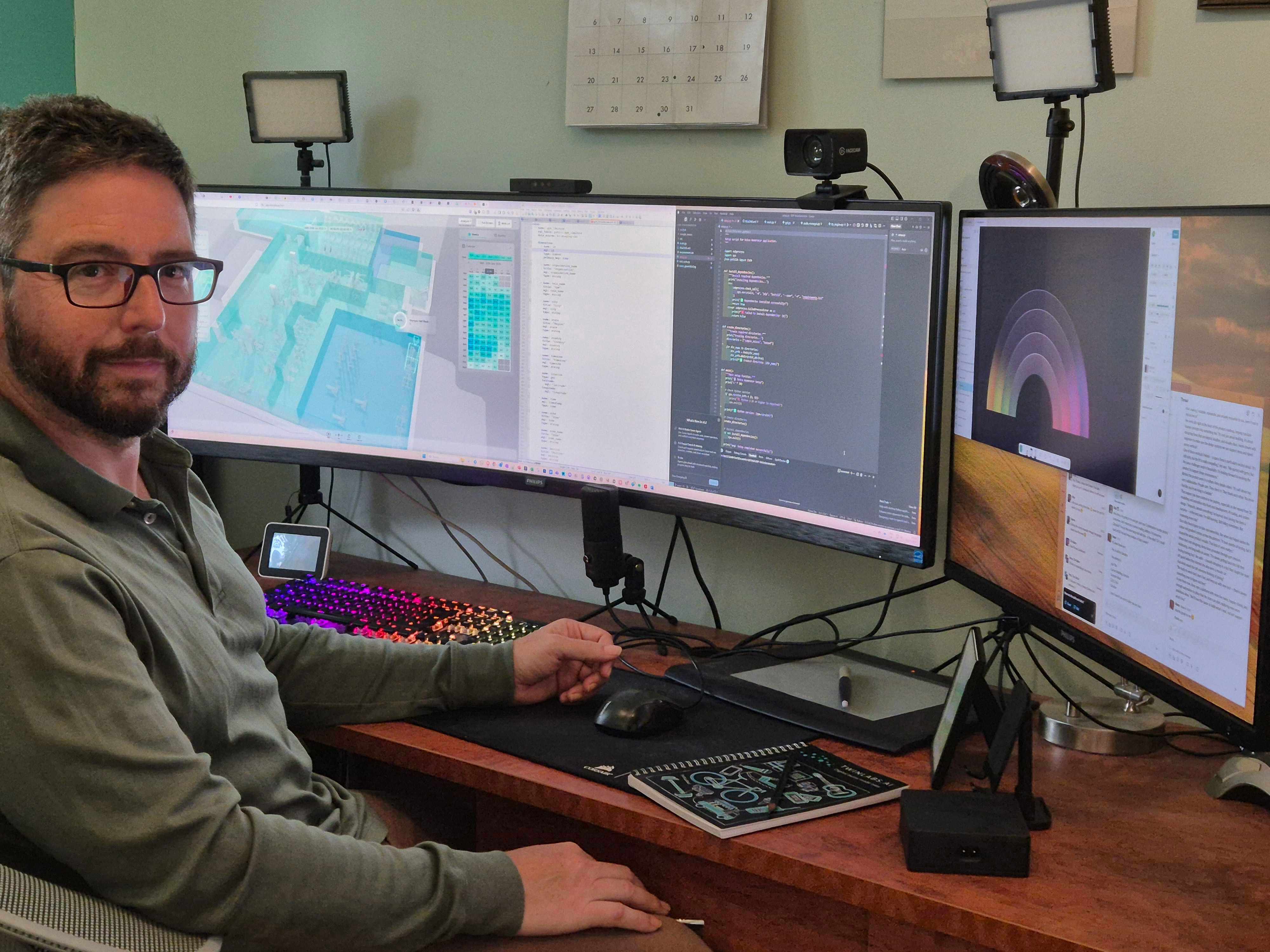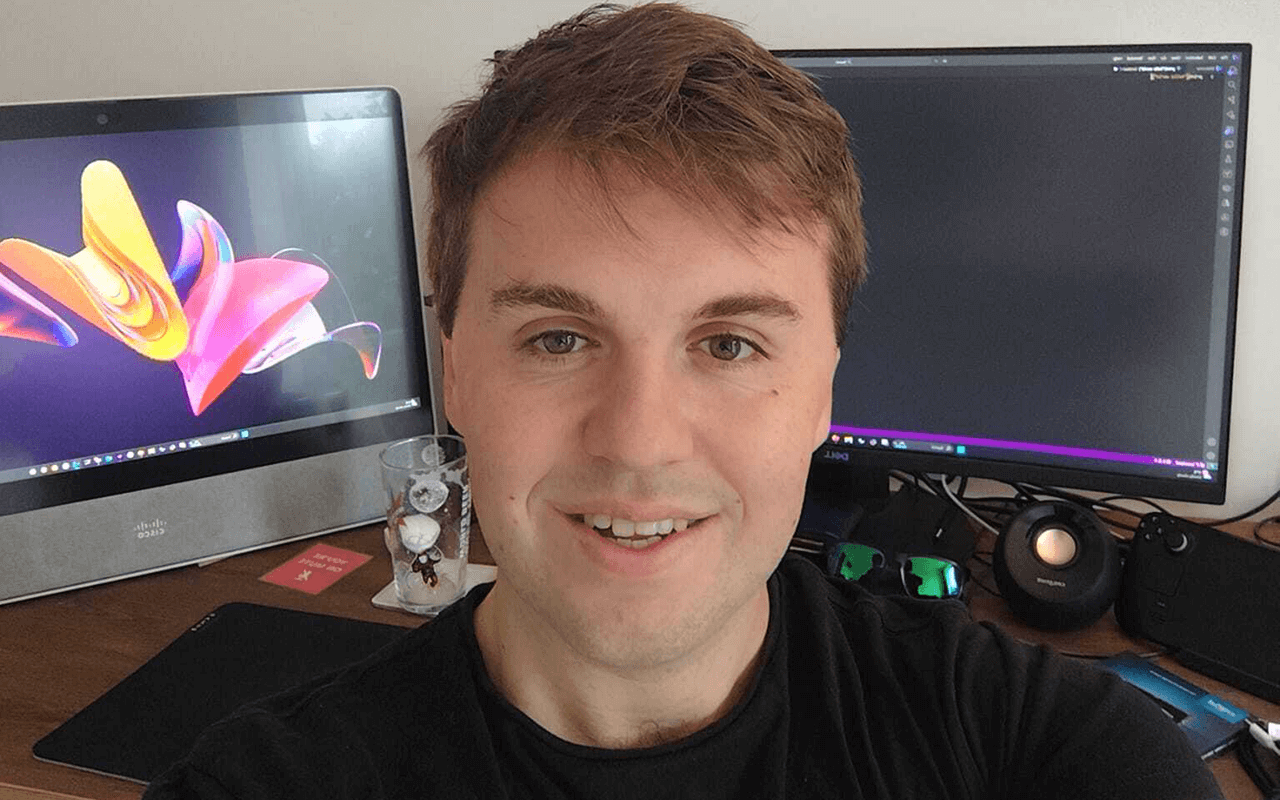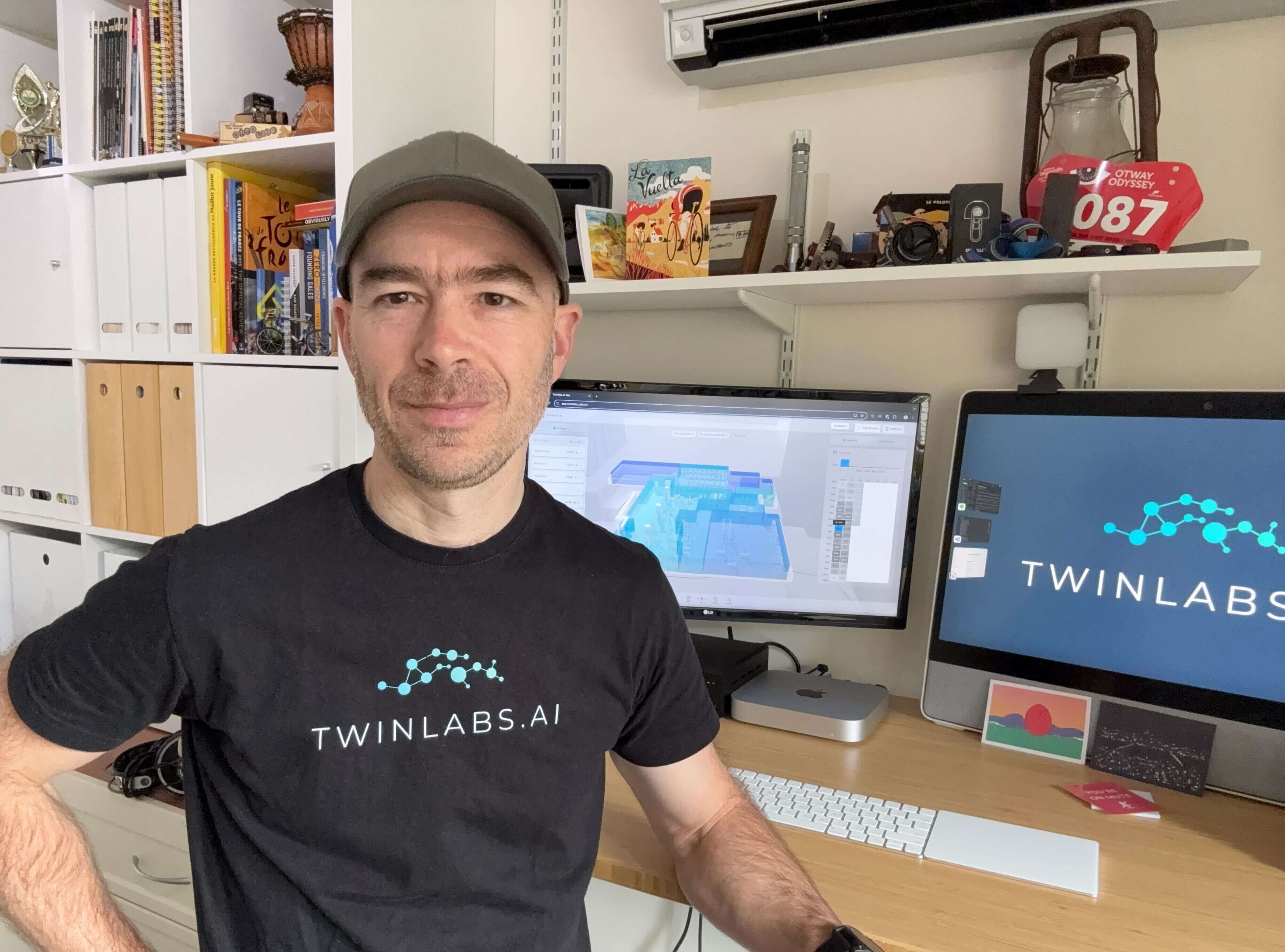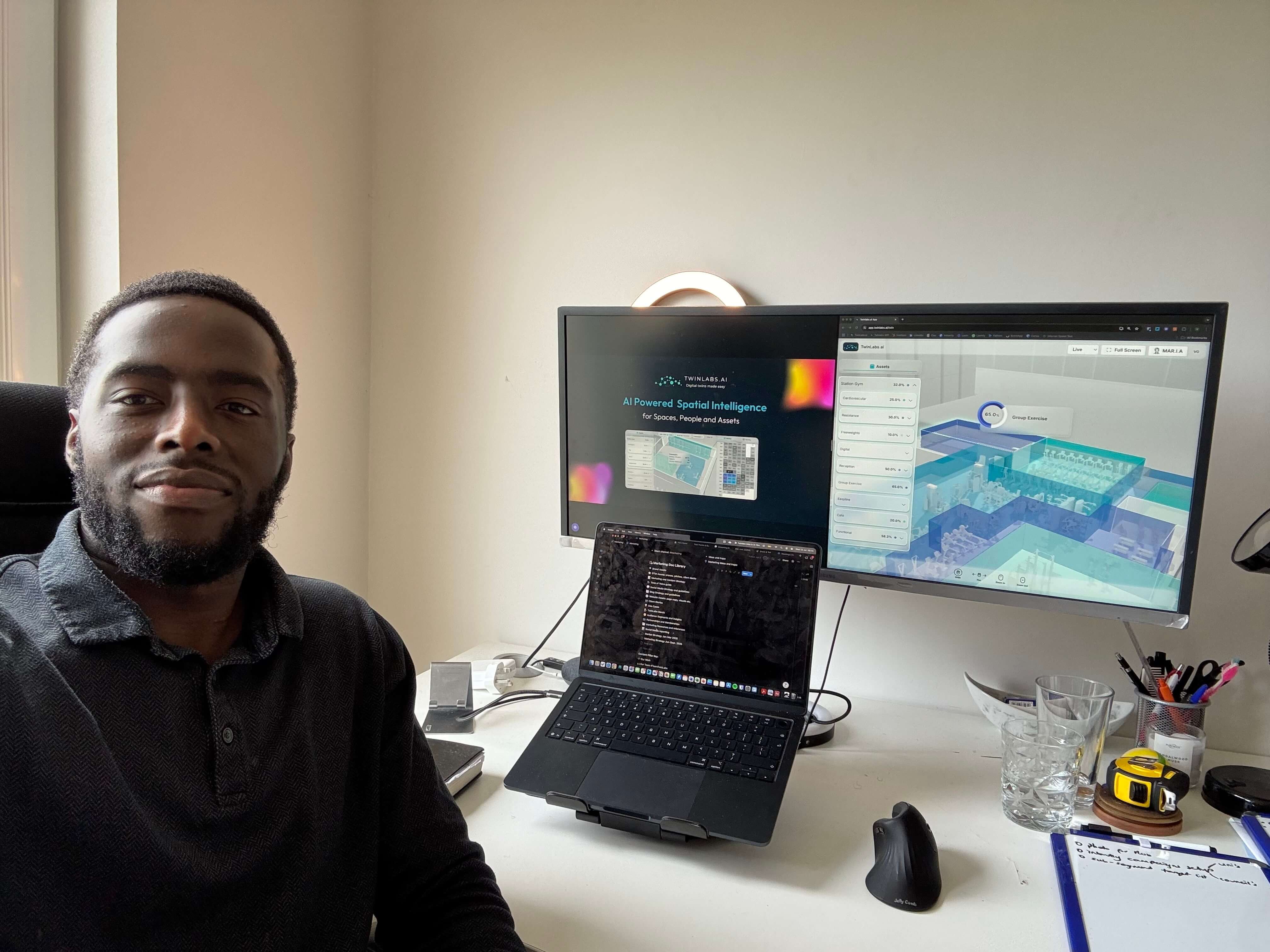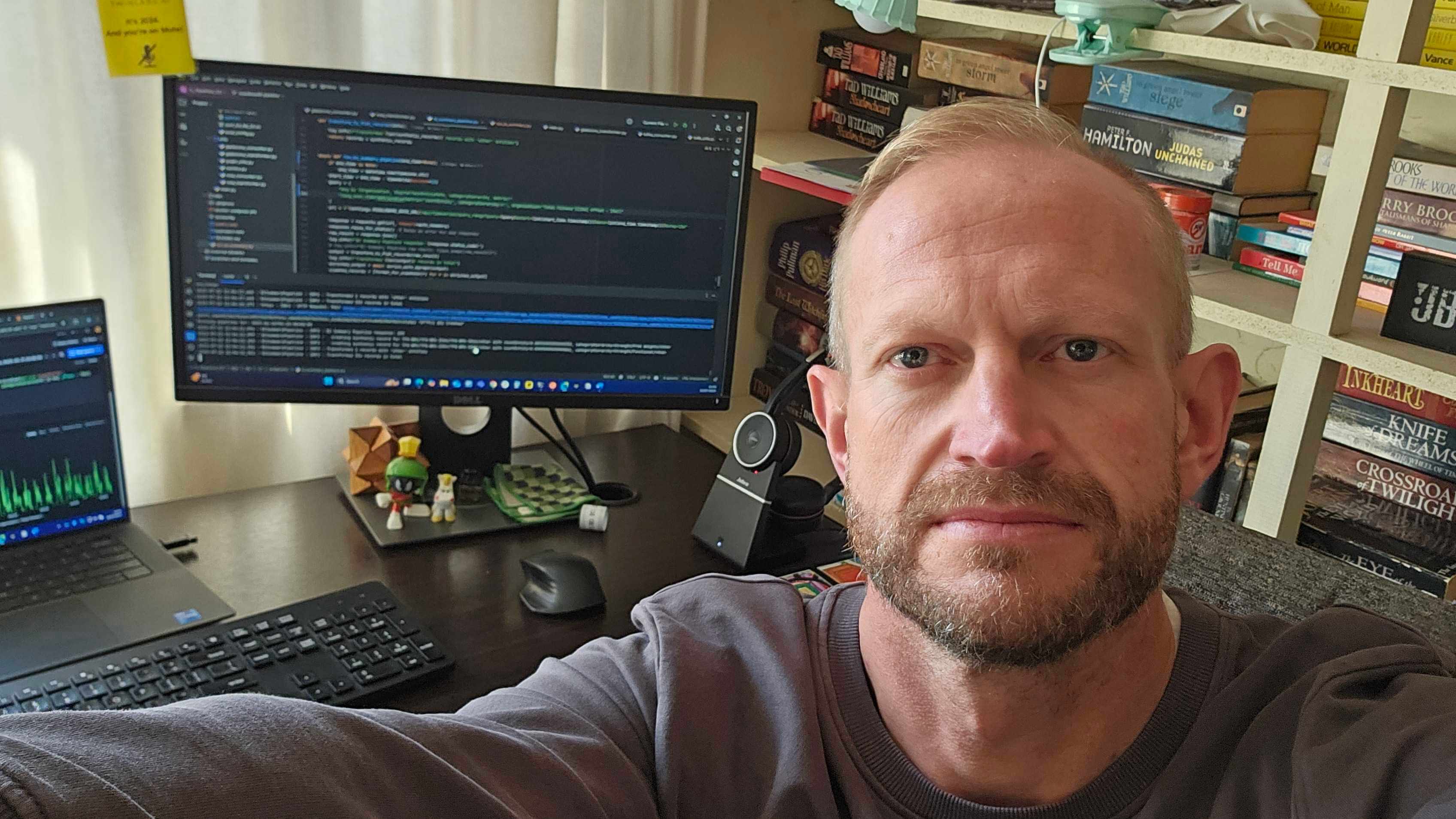Breaking a world record isn’t a solo effort
The challenge that TwinLabs ai needed to solve was how do we enable a team of support professionals to strengthen the decision-making process for an ultra-athlete during a world record attempt where a split second could mean the difference between making or breaking the record. Using our Velodrome digital twin solution we were able to steam sensor data from James, his bike and the velodrome’s timing system back to both the remote support team and the onsite team. Using the live data TwinLabs applied real-time calculations to provide insights and key decision-making data like calorie burn rate, ride-line efficiency (getting an understanding of whether or not he was riding the most efficient line around the track) and pace. The information needed to be supplied in an easy-to-consume format, so TwinLabs worked with the support team to provide data visualizations that showed the key metrics and alerts through customized visual indicators. This allowed the team to track these metrics at a glance to ensure the focus was kept on getting James safely across the line.
Unfortunately this time James wasn’t successful in his attempt to break the elusive 24 hour record, but did get two new additional World Records during his 20 hours on track: Both the WUCA 300 mile and WUCA 500 km records were successfully broken that weekend.
“Breaking a world record isn’t a solo effort - it requires a whole team to work effectively together and ensure everything goes according to plan. To make it more complex, with an endurance event like this, the plan needs to adapt to conditions as they change, carefully tuning my nutrition, hydration and performance. TwinLabs’ comprehensive digital twin of myself, my bike and the velodrome ensured the teams, both working on-site in the velodrome and remotely, had all the key information in an easy to consume way “, commented James.








